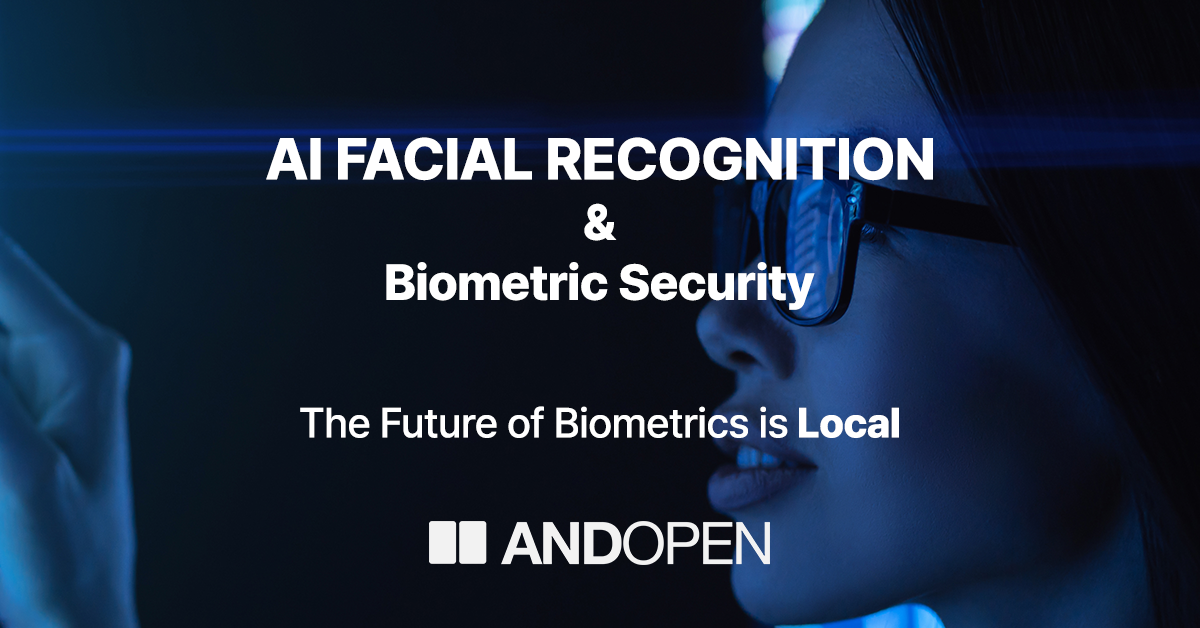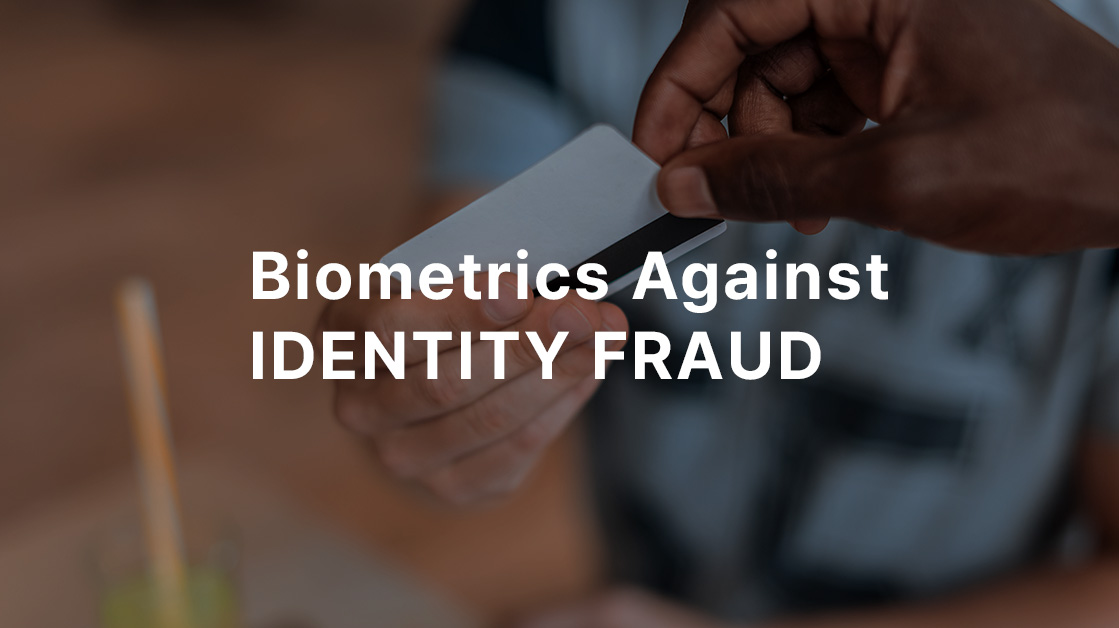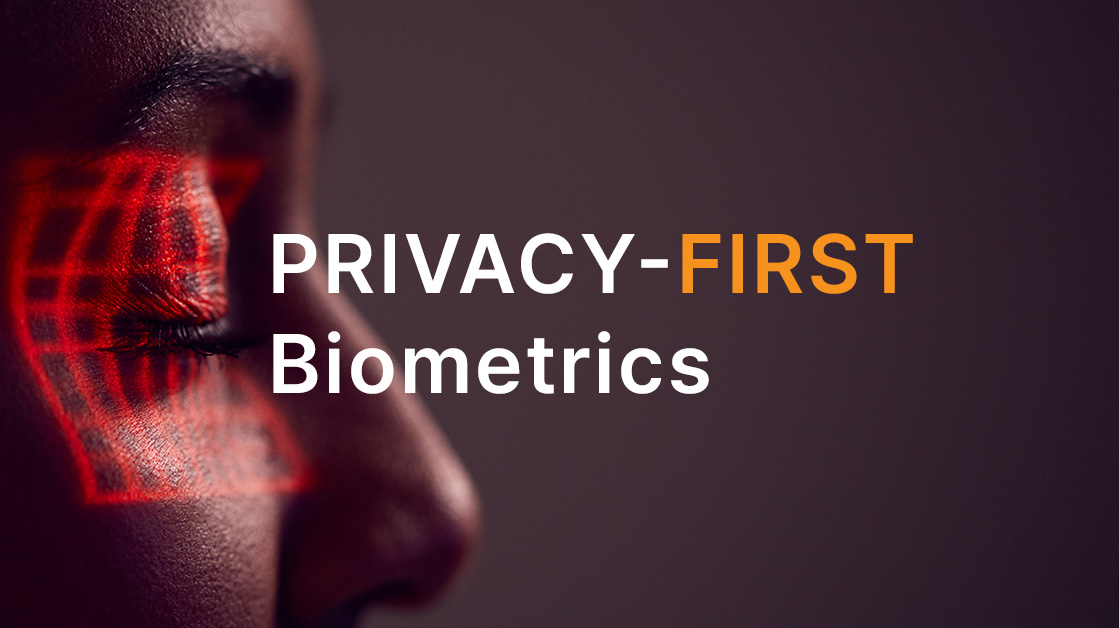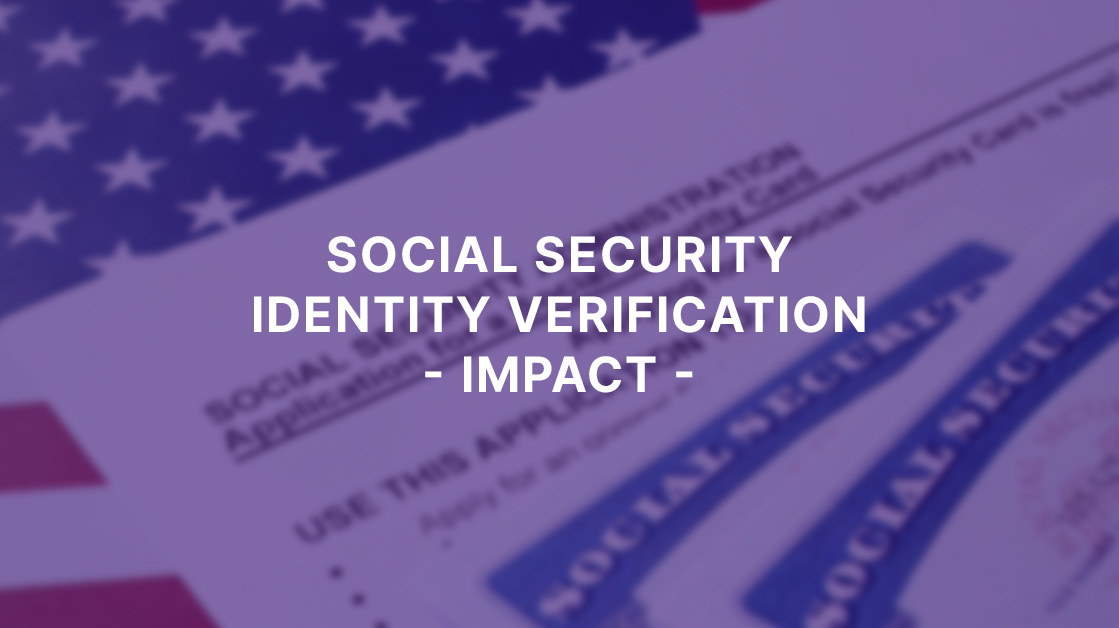Facial recognition AI has become an essential core part of modern biometric authentication, access control, and security systems. From unlocking smartphones, streamlining airport check-ins, or even retroactive identification, this technology is reshaping how we confirm identities in both digital and physical spaces. But as facial recognition becomes more pervasive, so do concerns about the privacy and security of our most personal data—our biometric information.

What Is AI Facial Recognition?
AI facial recognition is a biometric technology that uses artificial intelligence algorithms to identify or verify a person based on their facial features. The system captures an image or video of a face, analyzes key landmarks—such as the distance between the eyes, the shape of the nose, and the contours of the jawline—and converts these into a unique mathematical representation, often referred to as a “facial signature” or “embedding.” This signature is then compared against a database of stored templates to determine identity or verify a match.
How It Works:
- Detection: The system locates a face within an image or video frame using computer vision techniques.
- Feature Extraction: Deep learning models extract distinctive features from the detected face and encode them into a numerical vector.
- Matching: This vector is compared against a database of registered faces using similarity metrics.
- Decision: The system determines if there is a match, enabling actions such as unlocking a device or granting access to a secure area.
Applications range from security and surveillance to retail personalization and healthcare, making facial recognition one of the most versatile biometric tools available today.
The Dangers of Centralized or Cloud-Based Biometric Processing
While the convenience and scalability of cloud-based AI facial recognition are appealing, storing and processing biometric data in a centralized server (both on or off-site) introduces significant risks:
1. Irreversible Data Breaches
- Biometric data is permanent. Unlike passwords, you cannot change your face or fingerprint if they are compromised. A breach of a cloud-based database can result in the theft of unchangeable identifiers, enabling identity theft and fraud on a massive scale.
- Cybercriminals target centralized databases. Cloud repositories are prime targets, and a single breach could expose millions of users’ biometric templates.
2. Privacy and Regulatory Compliance Risks
- Cross-border data transfers can violate privacy laws like GDPR, CCPA, and others, especially when biometric data is moved between jurisdictions with differing regulations.
- Transparency and misuse concerns. Cloud providers may access or use biometric data for purposes beyond authentication, raising concerns about profiling, discrimination, or unauthorized marketing.
3. Technical and Operational Vulnerabilities
- Data in transit is vulnerable. Even with encryption, biometric data can be intercepted during transmission between devices and cloud servers. Not to mention potential man-in-the-middle attacks that inject falsified biometric data to bypass authentication.
- Synchronization and maintenance headaches. Multi-site organizations face complex challenges in scaling and synchronizing their biometric databases across locations and borders. Oftentimes requiring costly downtime for installation
- Tampering and spoofing. Attackers may manipulate cloud-stored data or use synthetic faces (deepfakes) to bypass security checks.
| Risk Area | Centralized & Cloud Systems | On-Device / Local Systems |
|---|---|---|
| Data Breach Impact | Catastrophic (all users at risk) | Localized (limited to device/cards) |
| Regulatory Compliance | Complex, high-risk, involves multiple jurisdictions | Simplified, easier to localize |
| Data Control | Compute provider has access | User/organization retains granular control |
| Synchronization | Simple, but single point of failure | More complex, but redundant availability |
| Scalability | Easy cloud scaling, difficult with local hardware | Unlimited scalability at no additional cost |
| User Privacy | Low, potential for misuse of user data | High, data isn’t exposed to 3rd parties |
| Authentication Performance | 1:N matching, prone to false positives | 1:1 matching, fast and 0% misrecognition |
| Cost of Ownership | Recurring hosting and maintenance fees that scale with user count and activity | One-time setup with occasional maintenance costs |
SNAPPASS: Keeping Biometric Data Secure with Offline AI Processing
SNAPPASS offers a fundamentally different approach to AI facial recognition—one that prioritizes privacy and security by keeping all biometric processing offline and local, directly storing encrypted biometric photos and credentials on user-held SNAPPIN tokens. Authentication happens instantly, on-device, without exposing sensitive information to the network. The result is a solution that delivers both speed and resilience: even if databases or administrator accounts are compromised, there is nothing for attackers to steal. By uniting privacy, performance, and zero-trust architecture, SNAPPASS empowers organizations to safeguard digital and physical access with confidence in today’s advanced threat landscape.
Ready to interface with the future of biometric security?


